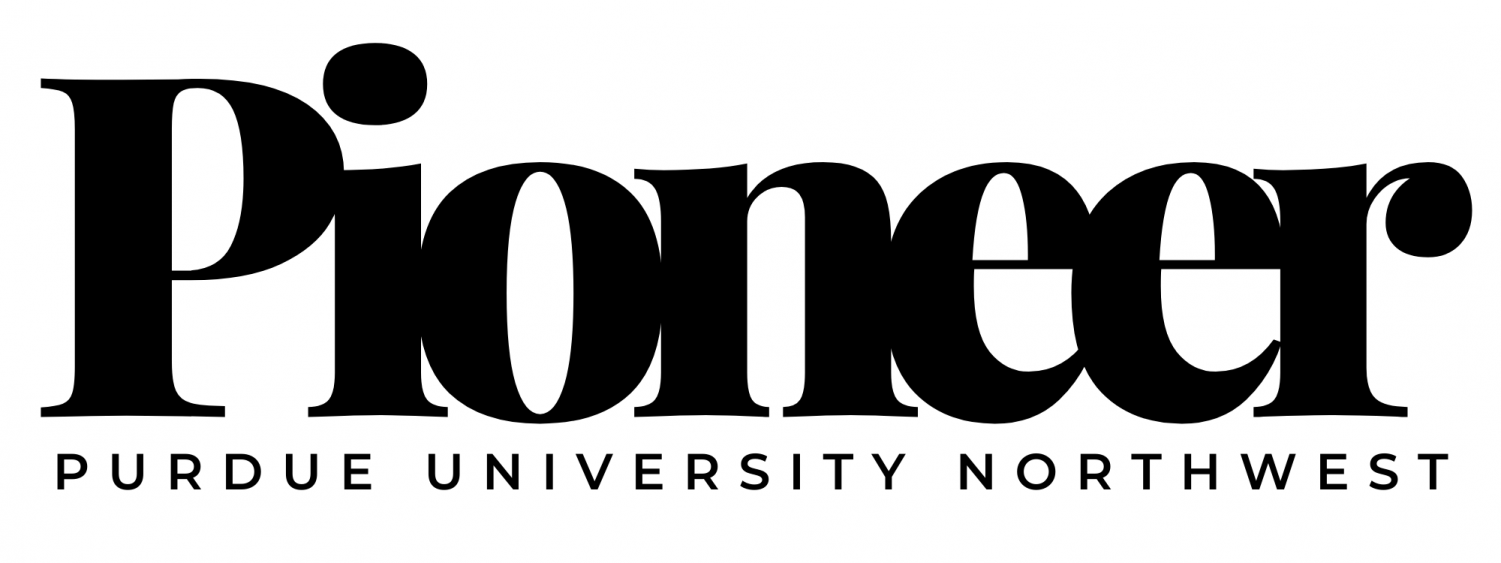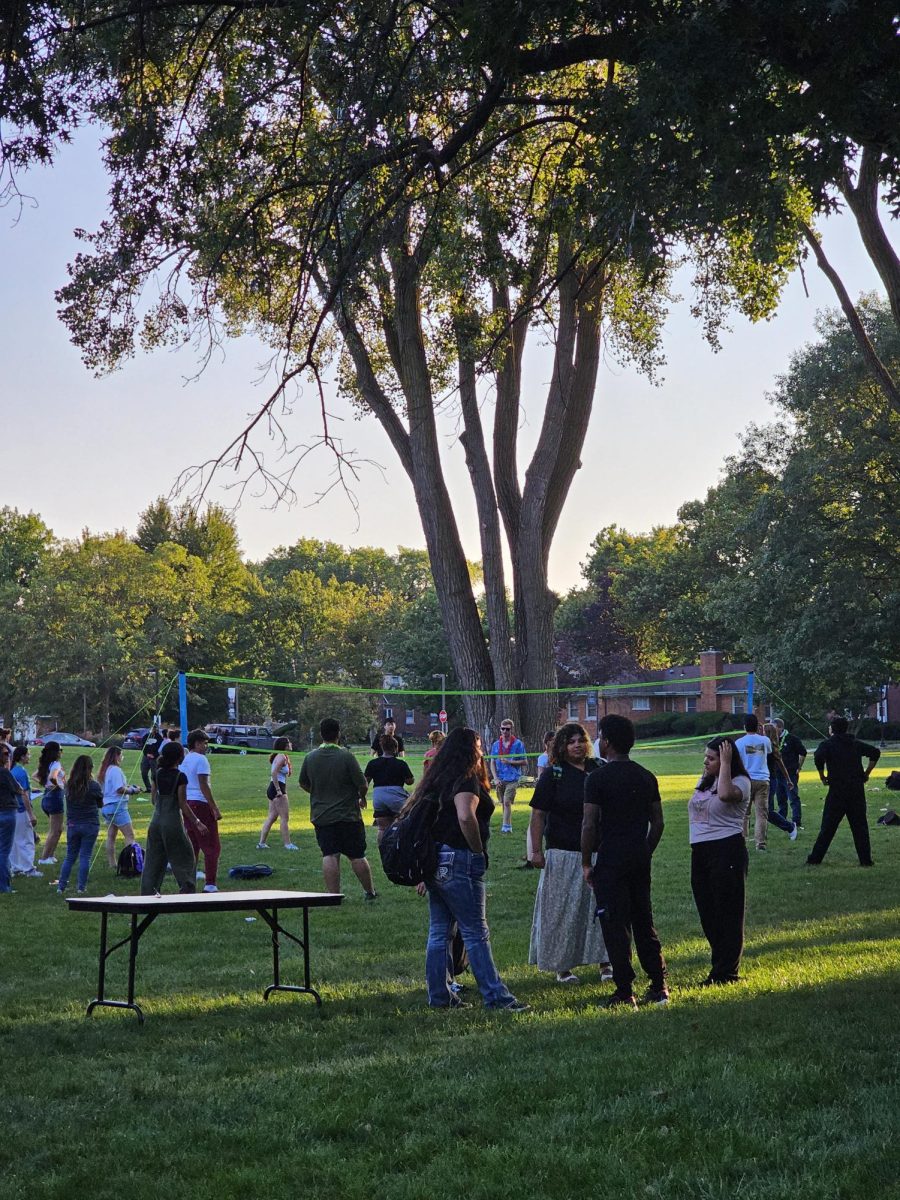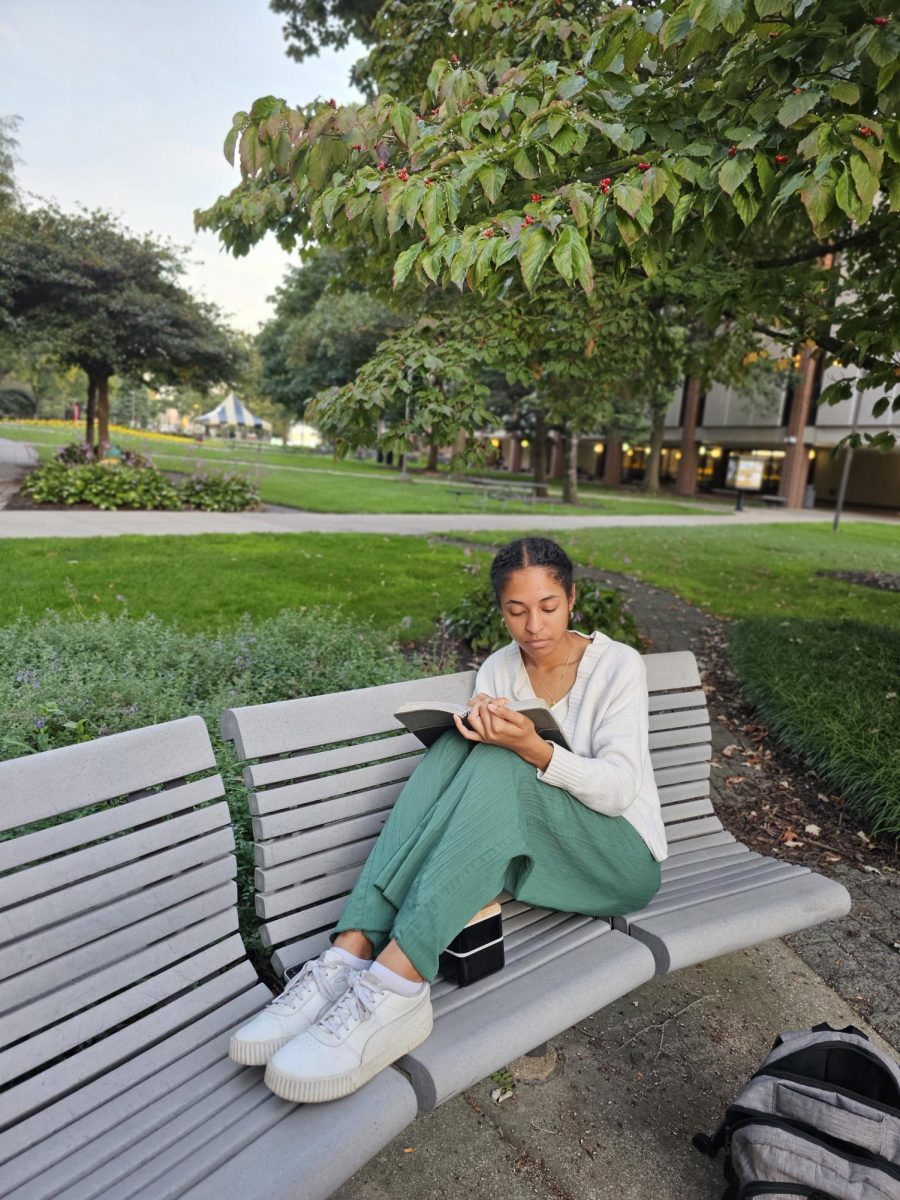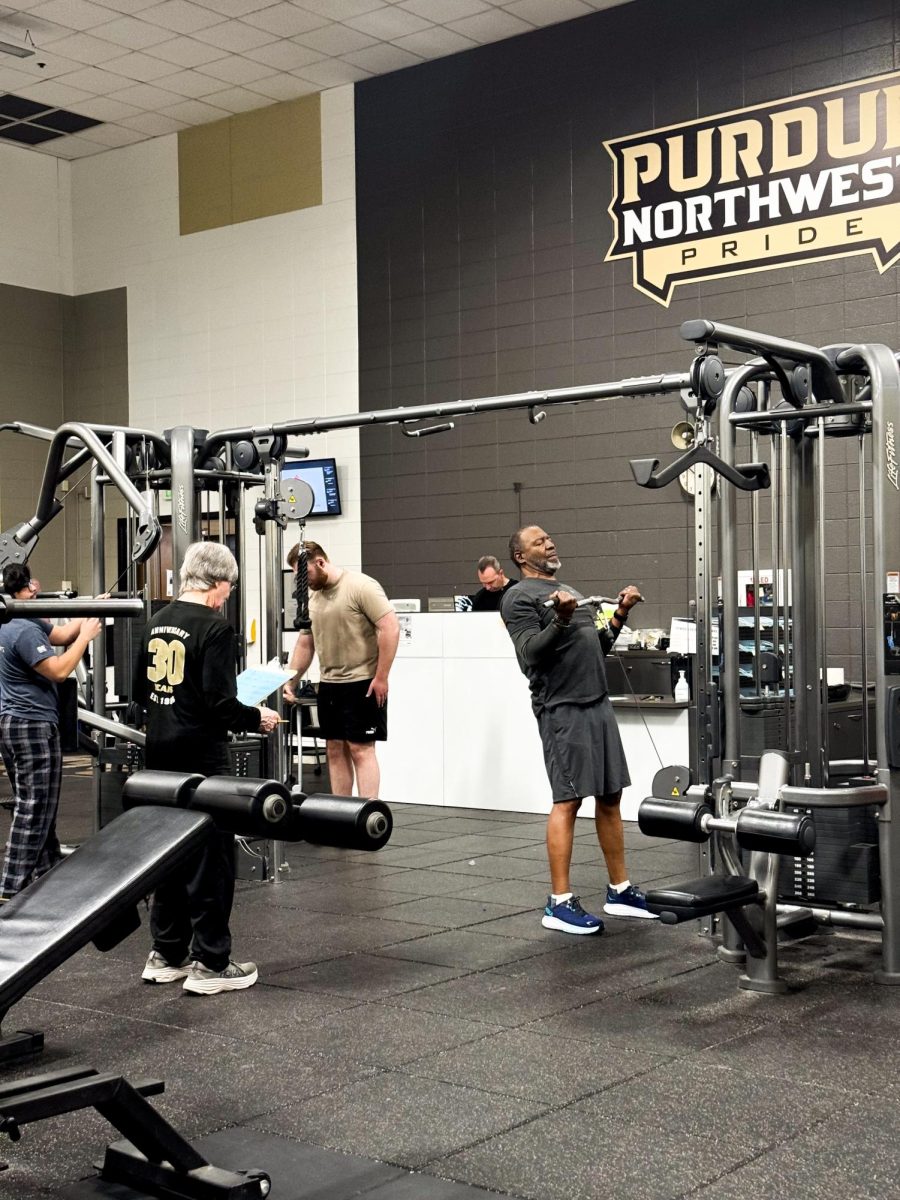A new book is redefining how PNW faculty think about artificial intelligence.
“Teaching with AI: A Practical Guide to a New Era of Human Learning”, published this year, is being used to direct faculty discussions about the use of AI in student learning.
“The book has encouraged me to explore other AIs, and to consider how to make AI a bigger part of my courses,” said Edward Draper, assistant professor of Biology.
Mark Mabrito, professor of English, said students can expect AI to be used more extensively in coming years.
“In this new landscape, educators might shift from being the primary source of information to becoming facilitators who help students learn how to collaborate effectively with GenAI tools,” he said. “They might focus more on teaching metacognitive skills, guiding students to question AI’s outputs, recognize potential biases and understand GenAI limitations.
”By embracing GenAI as a tool in the classroom, educators can foster a growth mindset in students, encouraging them to adapt to the current technological landscape,” said Mabrito.
Students looking to land a job need to be able to use cutting-edge tools. Emily Hixon, director of the Center for Faculty Excellence, said employers want to recruit students who know how to work with AI.
“One of the arguments that the [Guide book] author makes is talking about how AI can generate a C average level of work, but if we can’t show how we’re better than that, what value are we adding beyond that sea level,” said Hixon.
“Teaching with AI,” a best seller on Amazon, has received positive reviews from educators.
Authors José Antonio Bowen and C. Edward Watson present research on the seismic changes AI is creating in schools and the workplace, providing invaluable insights into what AI can accomplish in the classroom and beyond.
“In the age of AI, critical thinking skills, information literacy, and a liberal arts education are more important than ever,” reports a blurb on the website of publisher Johns Hopkins University Press. “As AI continues to reshape the nature of work and human thinking, educators can equip students with the skills they need to thrive in a rapidly evolving world. This book serves as a compass, guiding educators through the uncharted territory of AI-powered education and the future of teaching and learning.”
Draper said the book’s content is important as employer expectations of a more sophisticated workforce grow.
“To be successful, students will have to meet those [higher] standards or risk being left behind,” he said.





